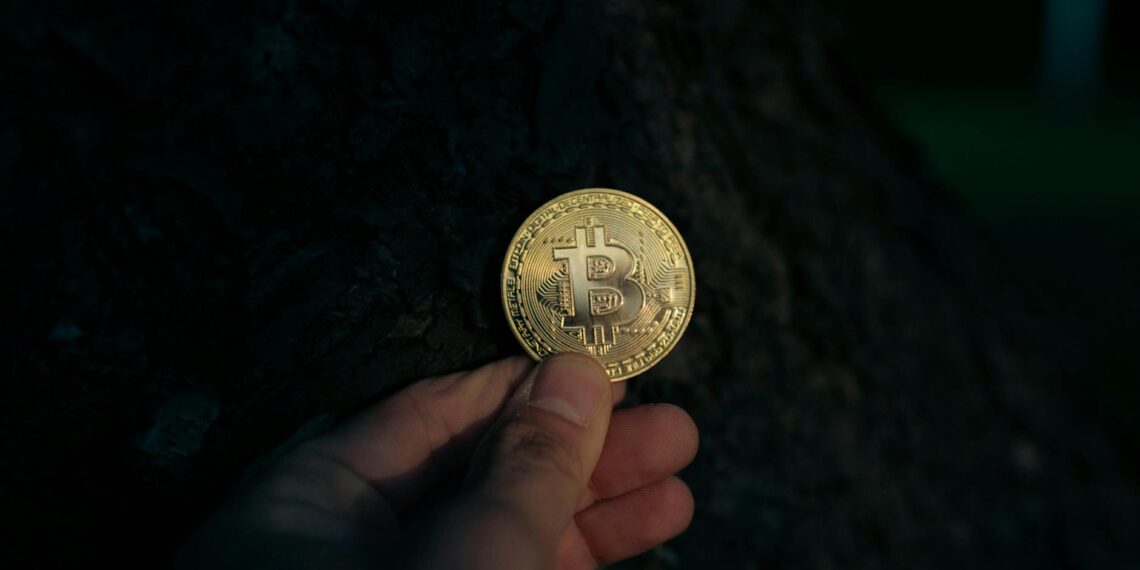In essence, proof coins are specially crafted versions of coins that are designed for collectors and investors, rather than for circulation as everyday money.
Here’s a detailed comparison between proof and regular (circulating) coins:
- Regular (circulating) coins:
– Struck once on ordinary coin blanks (planchets).
– Have a standard finish and are produced in large quantities for daily use.
– May show some minor imperfections like “bag marks” from contact with other coins during production.
- Proof coins:
– Go through a more meticulous production process.
– Struck at least twice, and sometimes more, with specially polished dies and blanks to achieve a high-quality finish.
– Often feature a mirror-like background (“field”) with frosted design elements (“devices”), creating a strong visual contrast, according to GovMint.com.
– Have exceptionally sharp details and a pristine appearance, [says Gainesville Coins].
– Typically packaged in protective capsules or sets to preserve their condition.
- Regular coins:
– Produced in massive quantities, so they are not inherently rare.
– Their value is primarily their face value (what they’re worth as currency).
– Exceptional cases, like key dates or error coins, can hold numismatic value beyond their face value.
- Proof coins:
– Minted in significantly smaller quantities than regular coins, making them much rarer.
– Their rarity and exceptional craftsmanship make them highly sought-after by collectors, contributing to their higher market value compared to uncirculated coins, [says JM Bullion].
– They are sold at a premium above their face value, and often also above the value of the precious metal content (if applicable).
- Regular coins:
– Primarily serve as a medium of exchange for daily transactions.
– Some uncirculated versions are produced for collectors, but their finish is less refined than proofs.
- Proof coins:
– Intended specifically for collectors and commemorative purposes.
– Can be a good long-term investment, as their limited mintage and aesthetic appeal can lead to value appreciation over time, especially for key dates or precious metal issues, according to [International Precious Metals].
– Also offer the benefit of portfolio diversification as their value can be less correlated with traditional assets like stocks or bonds.
In summary, proof coins stand out as a premium option for collectors and investors due to their superior craftsmanship, rarity, and potential for appreciation, while regular coins primarily fulfill the function of everyday currency.









Is a proof coin worth more than a regular coin?
Good point! Generally speaking, proof coins have a higher relative mark-up than uncirculated coins. As a collector’s item, proofs can be sold for more than the value of the raw precious metals they contain. However, the downside is they cost a little more than uncirculated coins to purchase.
What is the point of a proof coin?
“Proof coin” is an industry term used to describe a coin that is struck using a unique, high-quality minting process and is often made for collectors or commemorative purposes. The term “proof” refers to the coin’s manufacturing process, not its condition.
Are proof coin sets worth buying?
Because proof coins are always valuable to collectors and can increase in value over time due to their rarity, they’re a great way to build another way to profit into your bullion portfolio.